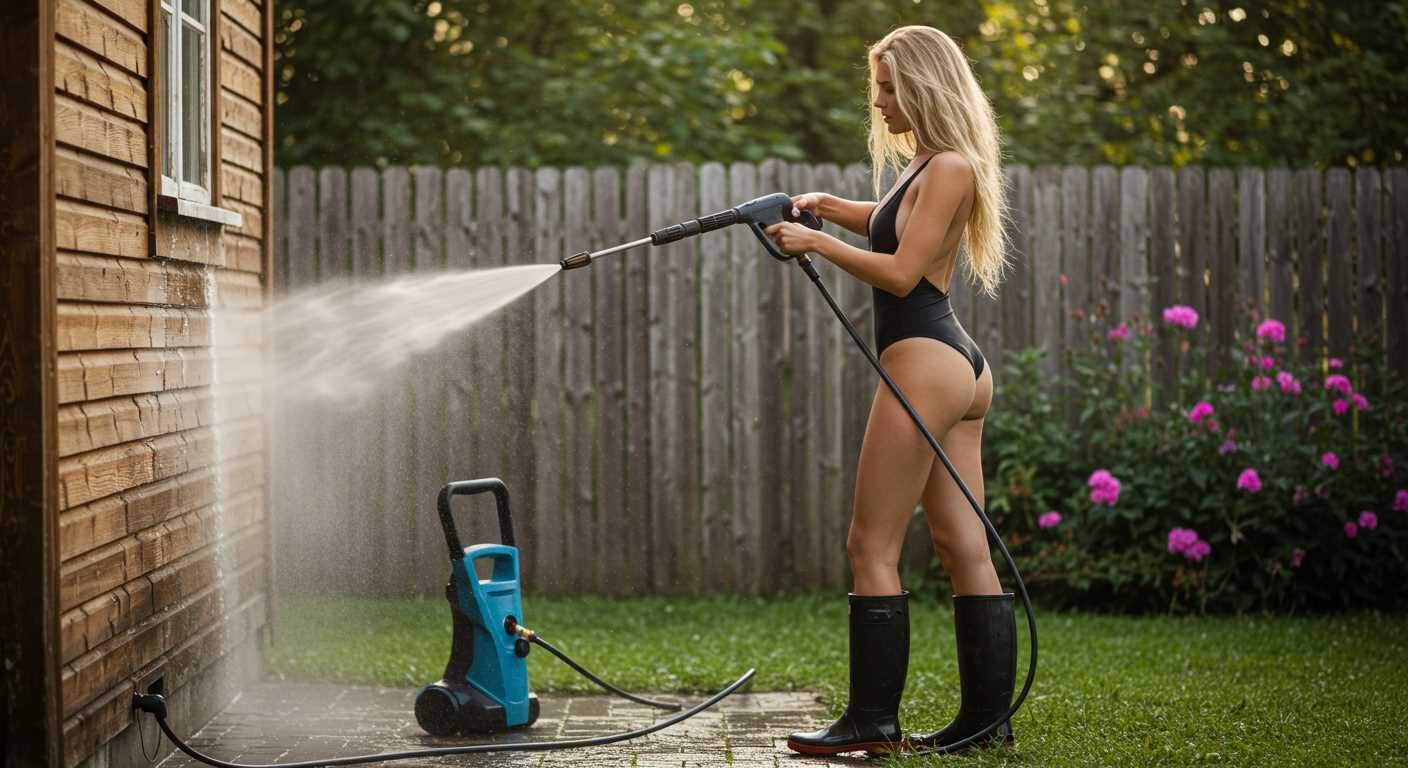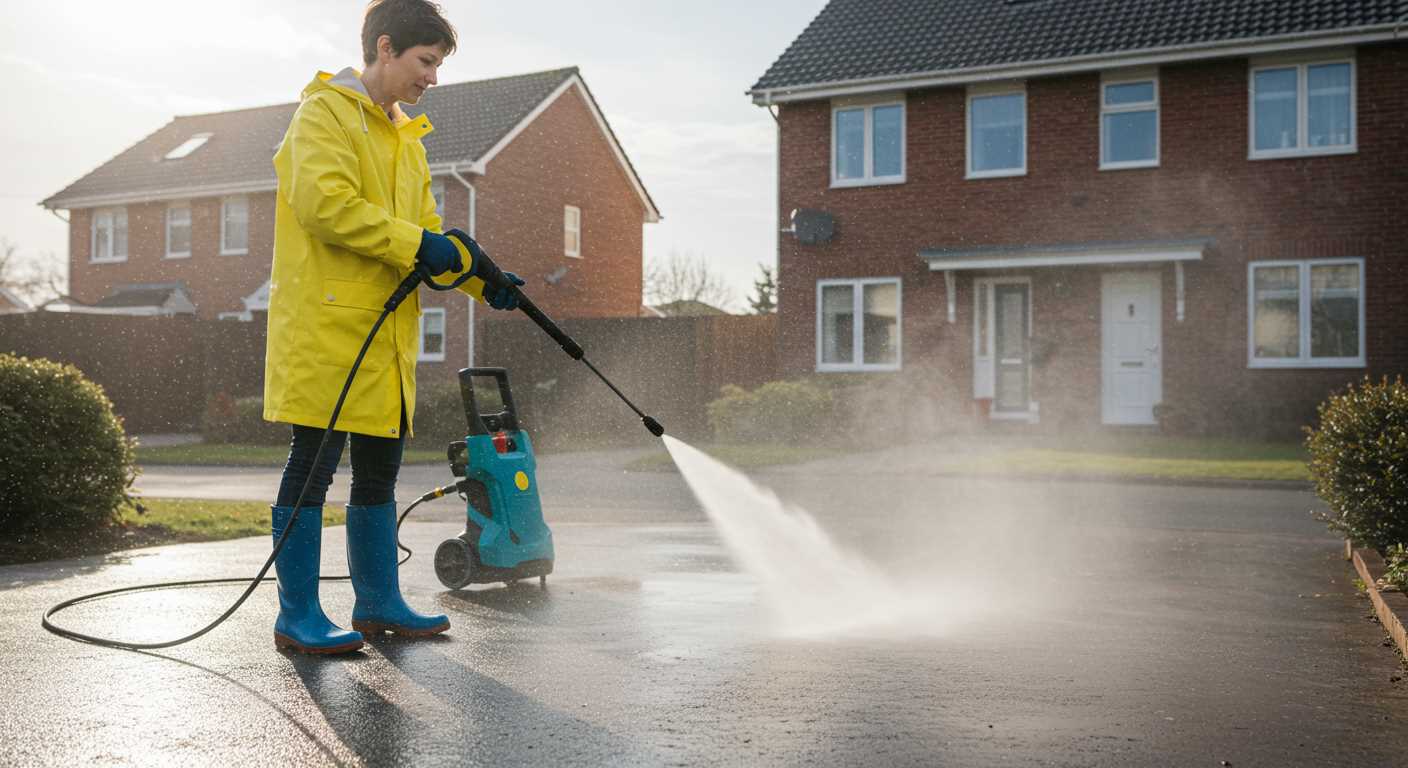



If your cleaning apparatus suddenly becomes immobile, it often points to specific mechanical issues that require immediate attention. One primary factor is an accumulation of debris in the inlet filter or hose. Regular inspections and cleaning of these components can prevent blockages that hinder movement.
Another common reason behind a stall is the failure of internal seals. Over time, these seals can wear out or become brittle, leading to loss of pressure and potential malfunction. Periodically replacing seals is a straightforward maintenance task that can extend the lifespan of your machine.
Additionally, operating the unit without adequate water supply can create overheating, subsequently causing the motor to seize. Always ensure a steady flow of water before use to maintain optimal performance. Monitoring water levels and hose integrity will help mitigate this risk.
Lastly, consider the impact of temperature on the apparatus. Using detergents or water that’s not suitable for the equipment can lead to internal damage, including locking mechanisms. Always follow manufacturer guidelines regarding compatible cleaning solutions to avoid unnecessary failures.
Reasons for Pressure Cleaning Equipment Seizing
Regular maintenance is key. A lack of lubrication in the pump or internal components can lead to excessive wear and eventual seizing. Ensure you periodically check and apply the recommended lubricant to moving parts.
Common Factors
Overheating often results from prolonged use without breaks. Allow the unit to cool down as specified in the user manual to prevent damage.
Clogged filters can block water flow, creating back pressure and causing components to jam. Regularly clean or replace filters to maintain optimal performance.
Table of Typical Issues and Solutions
| Issue | Solution |
|---|---|
| Lack of lubrication | Apply recommended lubricant regularly |
| Overheating | Take breaks during operation |
| Clogged filters | Clean or replace filters frequently |
| Debris in the pump | Inspect and clean the pump assembly |
Foreign objects entering the pump can create significant issues. Always check for debris before and after each use, ensuring a clear pathway for water.
Monitoring water supply conditions is critical; insufficient intake might starve the machine and lead to mechanical failure. Keep hose connections clean and secure.
Common Signs of a Locked Pressure Washer
Experiencing a malfunctioning cleaning machine? Pay attention to these indicators. First, if the motor runs but no fluid flows from the nozzle, it’s a sign of blockage or malfunction. This is often linked to a stuck pump or valve.
Excessive vibration while in operation can indicate internal issues. If the vibrations increase significantly, it’s likely there’s something jamming the mechanisms within the unit.
Unusual noises

Listen carefully for strange sounds, such as grinding or screeching. These noises often imply that components are not moving as they should, potentially signifying an internal jam.
Overheating
If the device overheats quickly during use, it could be an indication of restricted flow, leading to excessive pressure buildup. This situation may create a risk for permanent damage, so immediate action is necessary.
Examine the machine if you notice any of these issues. Timely intervention can prevent more severe damage, saving you both time and repair costs.
Understanding Pump Seizure in Pressure Washers

To prevent seizure in the pumping mechanism, ensure routine maintenance and check fluid levels regularly. A well-maintained unit not only extends its lifespan but also enhances performance.
Causes of Pump Seizure
- Lack of lubrication: Insufficient oil can lead to increased friction, contributing to a jammed pump.
- Overheating: Running the machine for extended periods without breaks can cause parts to expand and seize.
- Debris accumulation: Dirt or foreign particles can obstruct the mechanisms, leading to a breakdown in function.
- Corrosion: Exposure to moisture without proper care can cause internal components to rust, inhibiting movement.
Preventative Measures

- Conduct regular inspections of all parts, focusing on the pump and seals.
- Ensure that the correct type of fluid is used and kept at optimal levels.
- Allow the machine to cool down between uses to prevent overheating.
- Store the equipment in a dry environment to avoid moisture-related damage.
By adhering to these practices, one can mitigate the risk of a seized pump, ensuring longevity and reliability in equipment performance.
Impact of Low Oil Levels on Performance
Low oil levels in a power cleaning unit can significantly impair functionality and lead to severe operational issues. It’s crucial to regularly check and maintain adequate oil levels to ensure smooth performance.
Insufficient lubrication can result in excessive friction between moving parts, causing increased wear and tear on the engine and pump components. Over time, this might lead to permanent damage, requiring costly repairs or even complete replacement of the unit.
Signs of Oil-Related Issues
Look out for symptoms like strange noises, overheating, or reduced pressure output. If the motor runs roughly or intermittently, it may be a signal that oil levels are inadequate. Regularly changing the oil according to the manufacturer’s recommendations also plays a vital role in maintaining optimal functionality.
Preventive Measures

To avoid complications, always monitor oil levels before and after usage. Establish a maintenance schedule that includes oil checks and timely changes. Investing in oil quality not only extends the life of the equipment but also enhances its overall performance. This proactive approach can save both time and money in the long run.
How Clogged Hoses Contribute to Lock-Up Issues
Addressing clogged hoses is crucial for optimal functionality. A blockage anywhere in the hose can restrict the flow of water, leading to increased pressure and potential mechanical failures. My extensive experience has shown that even small obstructions, like dirt or debris, can result in significant complications.
When a hose becomes obstructed, the pump works harder to push water through. This added strain may lead to overheating, which in turn can cause the internal components of the pump to seize. Regularly inspecting the hoses for kinks or blockages is essential for maintaining performance. If you notice any issues, clear the obstruction promptly to prevent any further damage.
It’s wise to use high-quality hoses that resist bending and crimping, as these factors can exacerbate clogs. Perform routine checks on your hoses, especially if you notice inconsistent water flow or reduced pressure. By prioritising hose maintenance, you can mitigate the risks of pump failure and ensure a longer lifespan for your equipment.
The Role of Improper Maintenance in Pressure Washer Failures
Regular upkeep is non-negotiable for optimal functioning of cleaning equipment. Skipping routine check-ups and maintenance tasks increases the risk of equipment failure yet diminishes operational efficiency. Neglecting maintenance can lead to an array of complications that might not surface immediately but can have devastating effects over time.
Consequences of Neglected Maintenance
When I observe devices that have been poorly maintained, it often reveals signs of wear and tear that could have been easily avoided. For instance, failing to change the oil or using the wrong type can lead to lubrication issues within the motor and pump, which may ultimately result in internal components seizing. Adequate lubrication is vital for smooth operation; without it, components grind against each other, accelerating deterioration.
Preventive Measures to Preserve Performance
Utilising the correct cleaning agents is equally important. Many operators underestimate the impact of unsuitable chemicals, which can corrode internal surfaces and clog vital paths in the system. A simple cleaning routine that includes flushing out water and checking filters can mitigate many failures. I always recommend a thorough inspection of all hoses, nozzles, and connections to ensure they are free from obstructions and leaks. Ignoring these aspects can lead to persistent underperformance or complete malfunction of the machine.
Steps to Troubleshoot a Locked Machine
Check the oil level first. Insufficient lubrication can lead to mechanical failure. If low, add the correct type to prevent further damage.
Inspect Component Integrity
- Examine the pump for any signs of wear or damage.
- Inspect hoses and fittings for blockages or leaks.
- Ensure that no foreign objects are obstructing the inlet or outlet valves.
Test for Flow Issues
- Disconnect the water supply and check the inlet filter for debris.
- Reattach and turn on the water to verify proper flow before operating the unit.
Remove any attachments and test the motor independently. If it runs smoothly, the issue may lie with an accessory or nozzle.
If the machine remains unresponsive, attempt to manually turn the motor shaft using a wrench. If it shifts freely, consider reassembling and testing again.
Lastly, consult the user manual or contact a professional for further assistance. Regular maintenance, including regular usage checks, can prevent these issues from arising in the first place.








